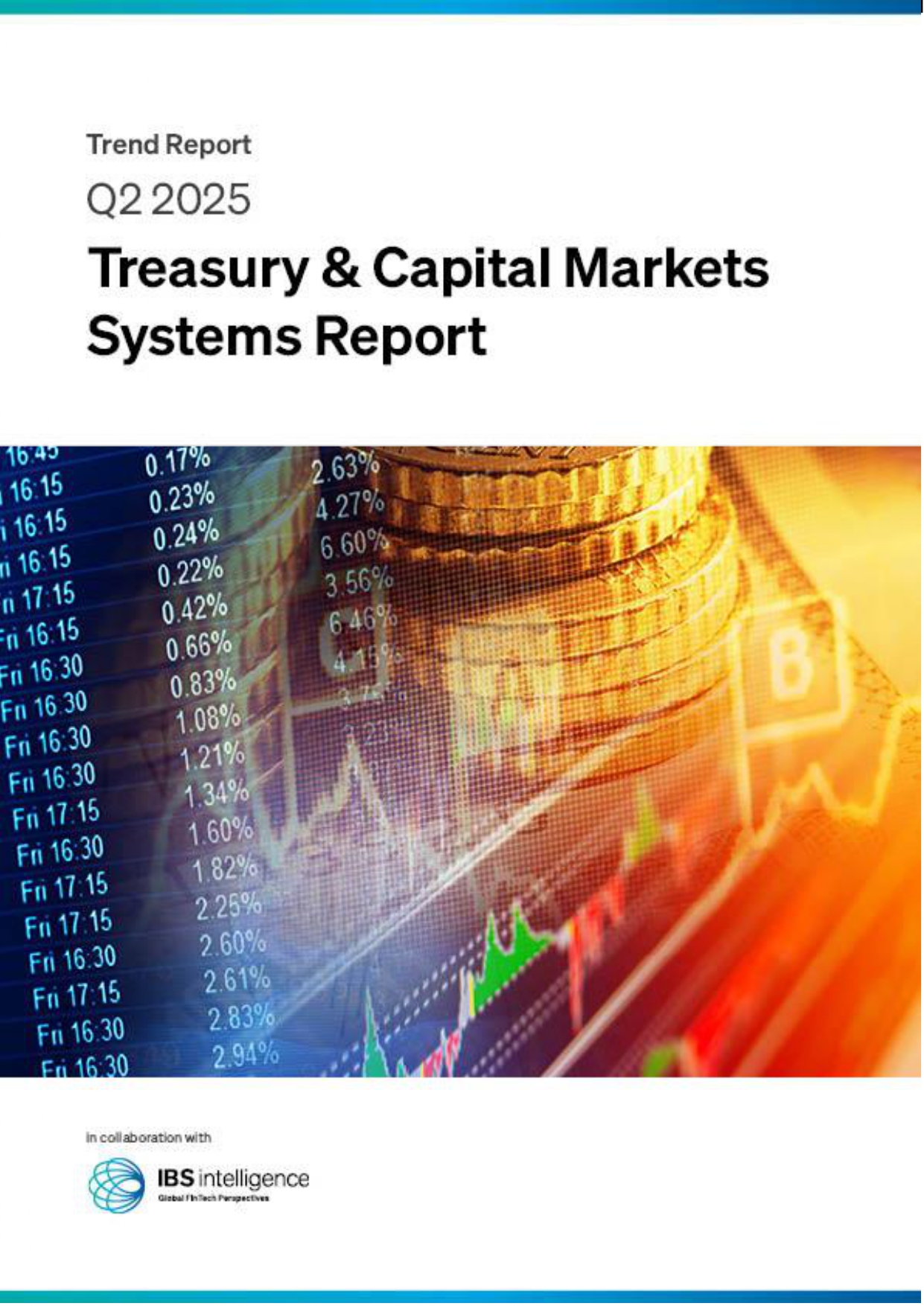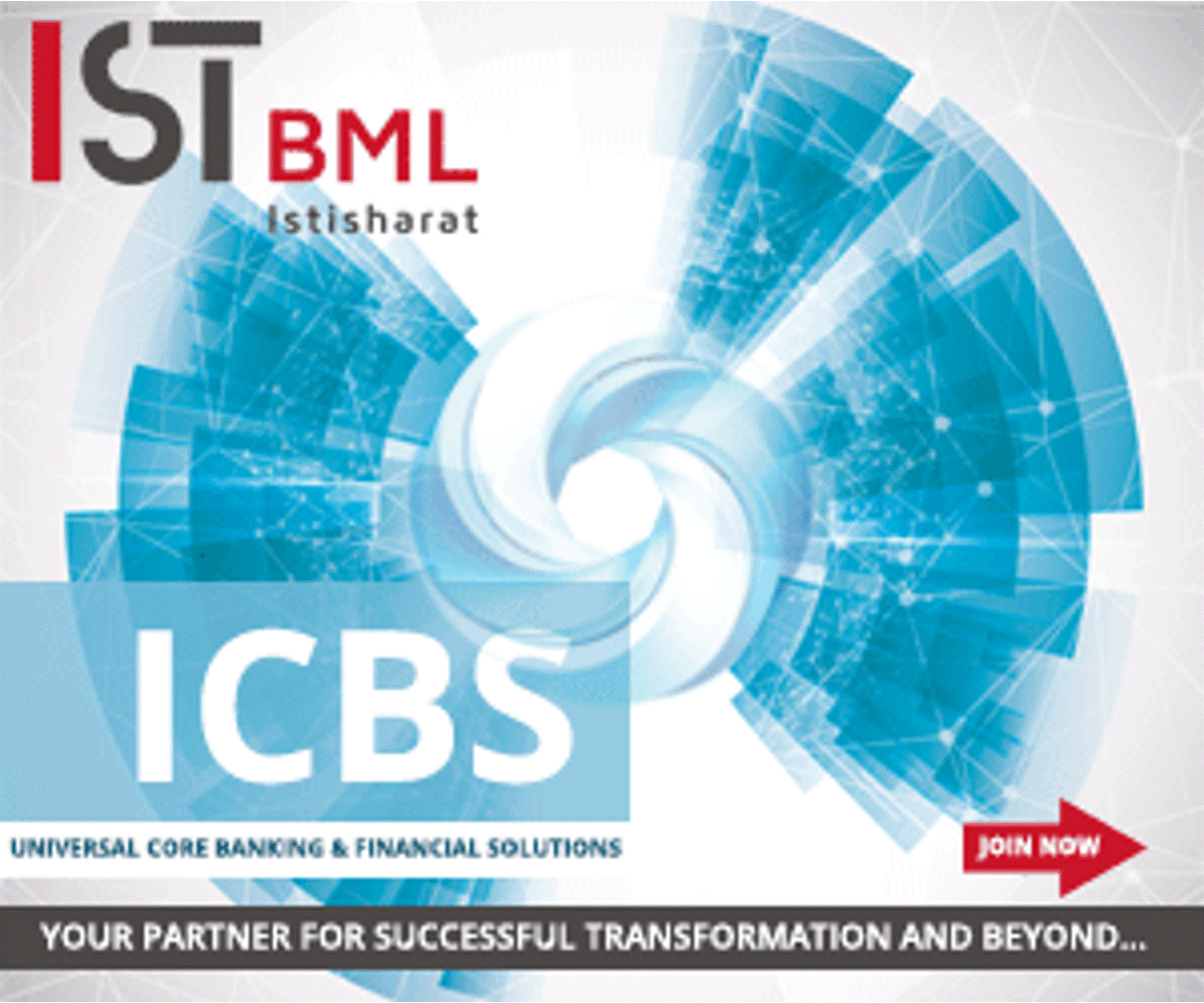 Back
Back
Are Indian banks ready for cyber threats? 2,500 weekly attacks say NO!
By Gloria Methri
 As the world celebrated the International Day of Banks on December 4, 2024, a stark reality underscores the importance of this year’s theme: trust. While digital transformation has revolutionised banking, it has also exposed the industry to relentless cyber threats. A report from Check Point Software Technologies has revealed that Indian banks face an average of 2,525 cyberattacks weekly—well above the global average of 1,674 per institution.
As the world celebrated the International Day of Banks on December 4, 2024, a stark reality underscores the importance of this year’s theme: trust. While digital transformation has revolutionised banking, it has also exposed the industry to relentless cyber threats. A report from Check Point Software Technologies has revealed that Indian banks face an average of 2,525 cyberattacks weekly—well above the global average of 1,674 per institution.
Cyber Threats: A Growing Concern
The banking sector in India has become a prime target for cybercriminals due to the vast amounts of money and sensitive data processed daily. Over the last two decades, more than 20,000 cyberattacks have cost the financial industry $20 billion. A recent ransomware attack disrupted payment systems for nearly 300 local banks, forcing a temporary shutdown and raising alarms across the sector.
The Reserve Bank of India (RBI) has responded with heightened alerts, urging financial institutions to safeguard critical systems like SWIFT, UPI, and NEFT. But the data reveals an unsettling truth: scheduled commercial banks bear the brunt of these attacks, accounting for 69% of reported incidents, followed by urban cooperative banks (19%) and NBFCs (12%).
Trust and Technology: A Fragile Balance
In the age of digital banking, trust and technology are deeply intertwined. While e-banking and mobile apps have revolutionised convenience, they have also opened doors for phishing schemes, ransomware, and other sophisticated attacks. Cyber breaches lead to:
- Financial Losses: From stolen funds to recovery costs.
- Service Disruption: Payment delays and account inaccessibility disrupt daily life.
- Reputation Damage: Erosion of trust impacts customer loyalty and brand image.
The ripple effects of these breaches extend far beyond individual banks. They could potentially disrupt global financial stability by hindering credit flow and shaking investor confidence.
India isn’t alone in this battle. Globally, high-profile incidents like the December 2023 cyberattack on the Central Bank of Lesotho, which crippled the nation’s payment systems, highlight the devastating consequences of insufficient cybersecurity.
To counter these threats, various regions have established robust frameworks.
- United States: Regulations like the Gramm-Leach-Bliley Act mandate financial institutions to safeguard customer data.
- Europe: The GDPR enforces stringent data protection, requiring banks to invest heavily in cybersecurity.
- APAC: Countries like Singapore and Australia have introduced comprehensive guidelines to manage cyber risks effectively.
Strengthening India’s Defenses
India must adopt a multi-pronged approach to fortify its financial ecosystem:
- Zero-Trust Architecture: Assume all users and devices are untrusted by default.
- AI-Driven Threat Detection: Utilise artificial intelligence for real-time anomaly detection.
- Data Encryption: Secure sensitive data at every stage.
- Regular Security Audits: Conduct frequent evaluations to address vulnerabilities.
- Customer Awareness: Educate customers on identifying phishing scams and adopting strong passwords.
Sundar Balasubramanian, Managing Director for India and SAARC at Check Point Software, emphasised, “In the digital era, trust in banking is built not just on service quality but on the institution’s ability to secure its systems and data. Cybersecurity is the backbone of customer confidence, ensuring financial stability and operational resilience. As we celebrate the International Day of Banks, let us recognise that the trust customers place in banks is safeguarded by the quiet but powerful guardians of cyber security who advocate further investment in the latest cyber security offerings and robust efforts at defending this critical sector.”
IBSi FinTech Journal

- Most trusted FinTech journal since 1991
- Digital monthly issue
- 60+ pages of research, analysis, interviews, opinions, and rankings
- Global coverage
Other Related News
Related Reports

Sales League Table Report 2025
Know More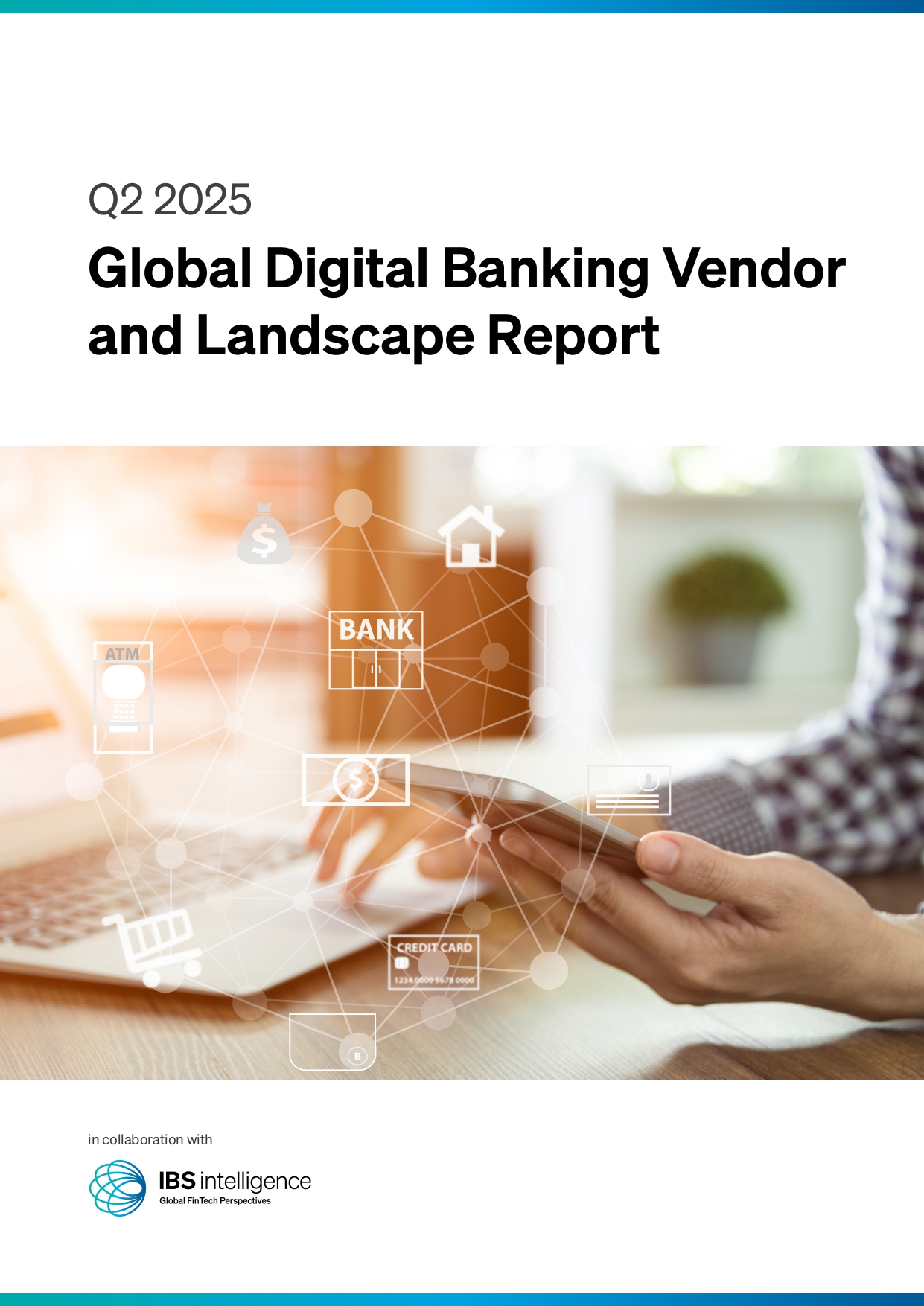
Global Digital Banking Vendor & Landscape Report Q2 2025
Know More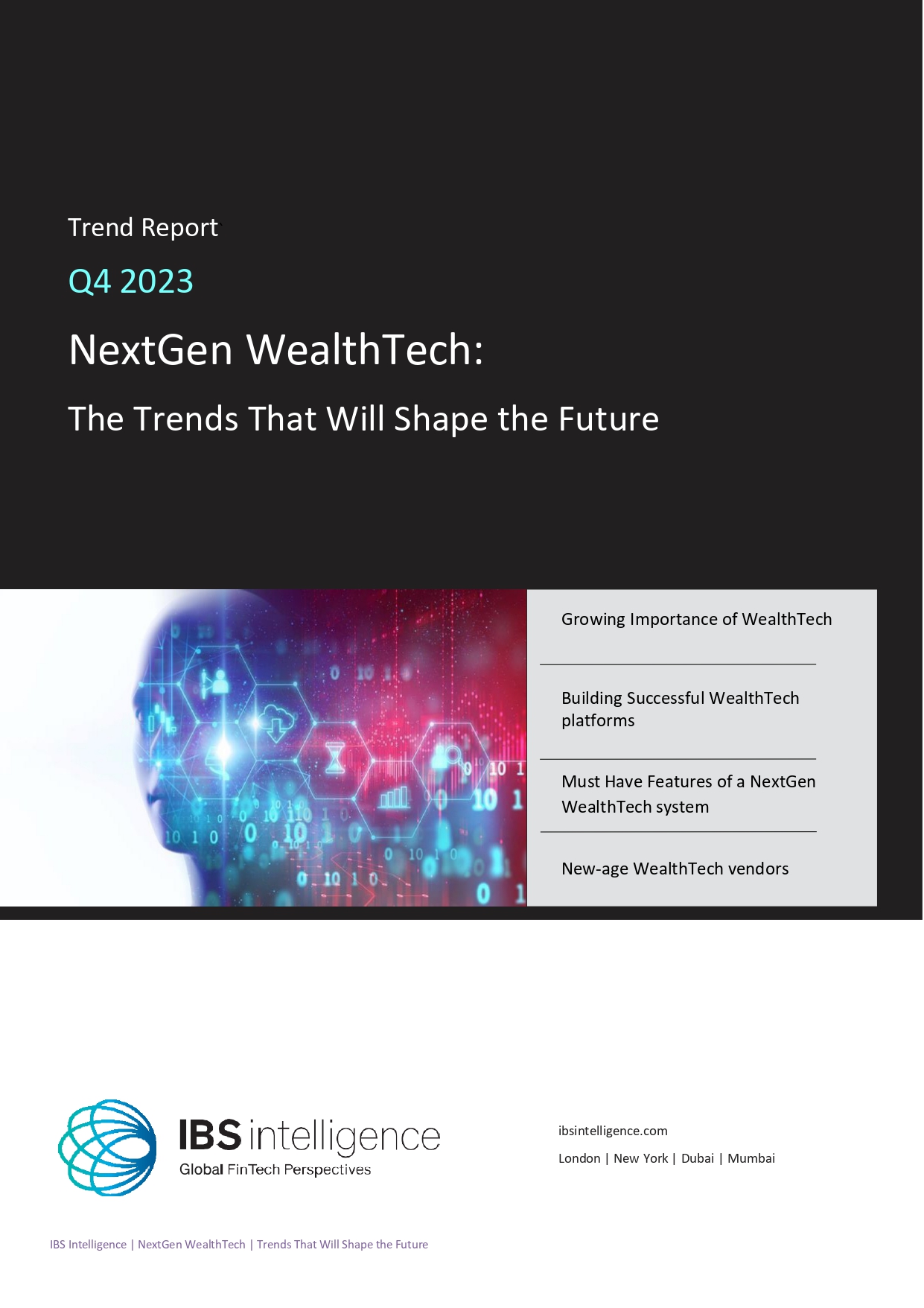
NextGen WealthTech: The Trends To Shape The Future Q4 2023
Know More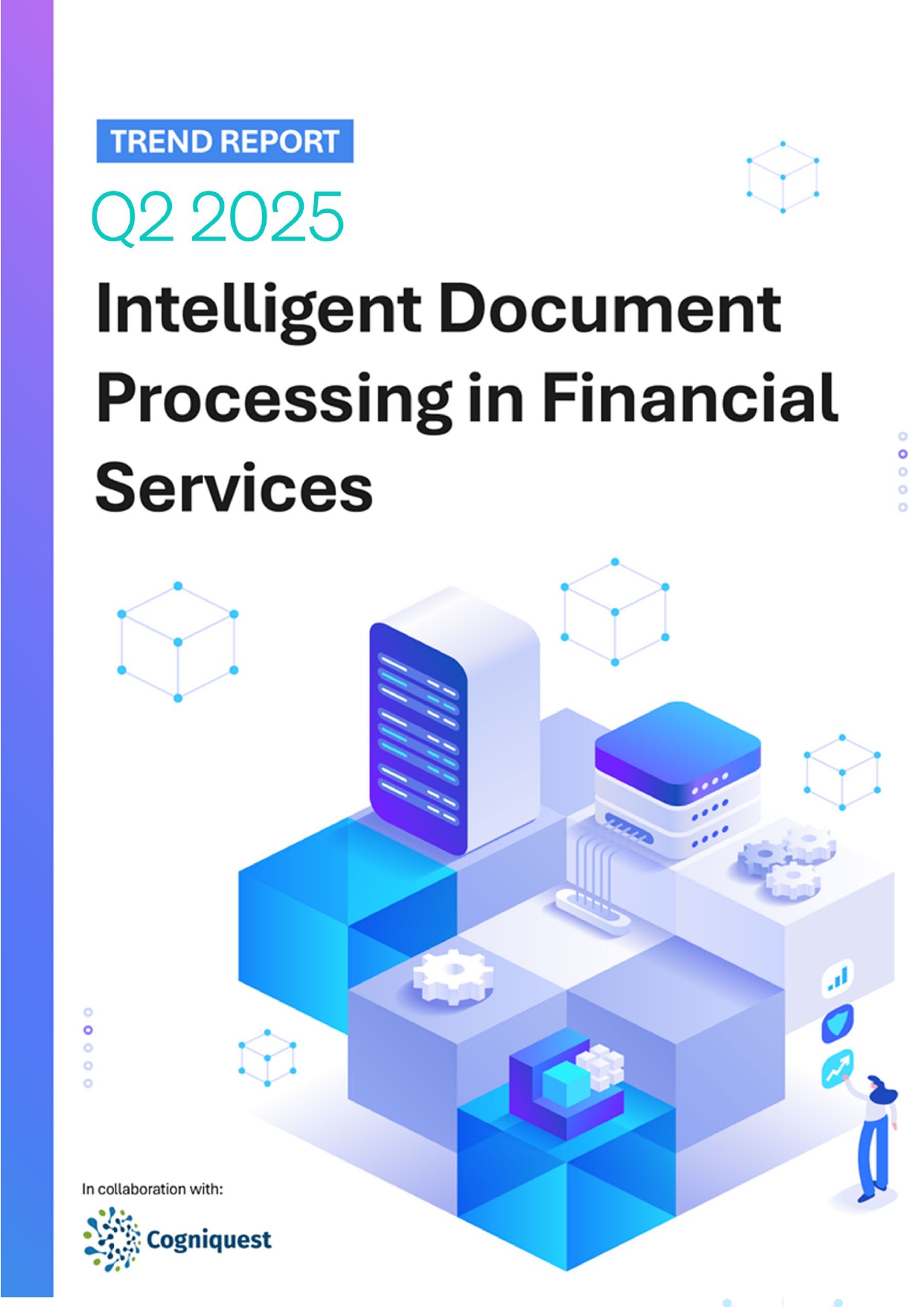
Intelligent Document Processing in Financial Services Q2 2025
Know More